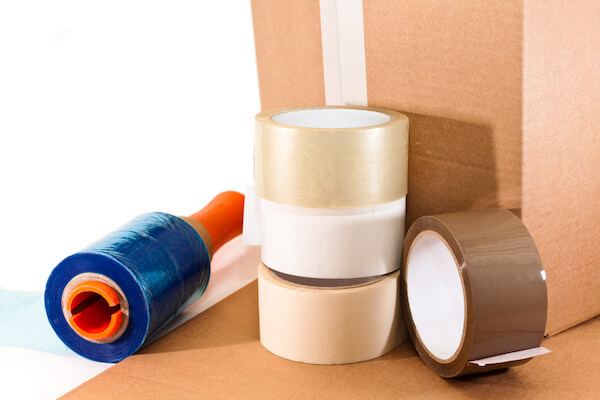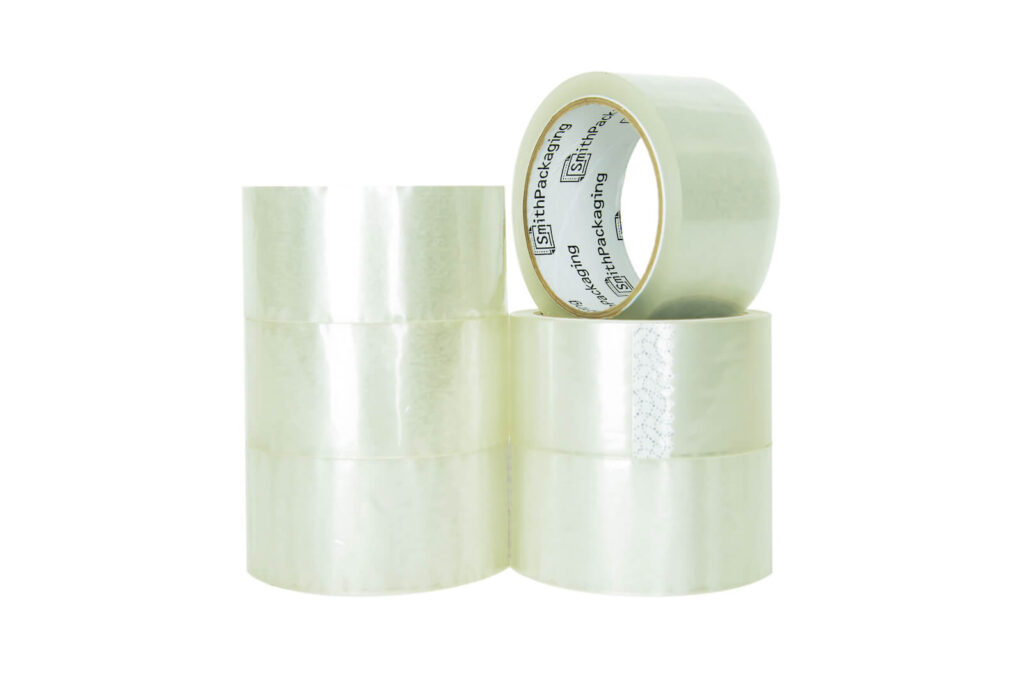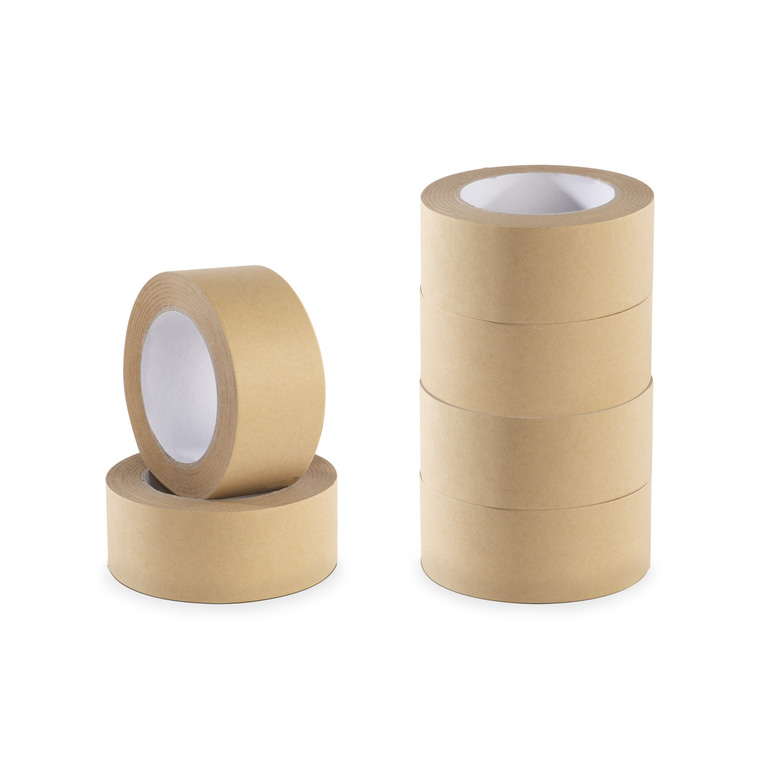By Sam Smith
October 11th 2021
Whether you’re moving house, sending goods to clients or putting items into storage, Smith Packaging is here to meet all your packaging needs. Packaging plays a big role in our lives – from cardboard boxes to bubble wrap, packaging tape to extra protection, we provide sustainable packaging materials for everyone from e-commerce businesses to big industry players and individuals.
This includes two key types of packing tape: paper tape and plastic tape. Each has its own advantages and disadvantages, depending on the type of parcel. Let’s explore these further…

What is Packing Tape?
Packing tape is used for securing boxes and envelopes, whether you’re planning to store or send items. It helps keep your packages safe and secure, free from tampering, and can even help to keep moisture out. There are two main different types of packaging tape – paper packaging tape and plastic packaging tape – and we are here to help you decide which kind of custom packaging tape is right for you.
The Pros of Plastic Tape
If you want an easy and readily available solution, you can pick up plastic tape for your packaging needs in either brown tape or clear tape versions. Plastic tape is the standard tape and being made from a bonded material means it’s less likely to come loose from your box or shipping container. Plastic tape is also cost effective.

The Cons of Plastic Tape
For the eco-conscious consumer, plastic tape isn’t as sustainable as paper tape. The adhesive of plastic tape can take longer to break down and is less recyclable than paper. They may also rely on more complex resources and energy systems in the creation process.
Plastic tape could also be easier to tamper with than paper tape. It’s easier to lift up and cut without being super obvious, which may leave your packages at heightened risk.
The Pros of Paper Tape
Brown paper tape is a great eco-friendly alternative to plastic packaging tape. Sometimes referred to as Kraft tape, this paper packaging tape is sturdy, safe, and sustainable to boot. Long term, paper tape can also be more cost-effective than plastic tape as you tend to use less when shipping your packages. Cost aside, paper tape is without a doubt the most sustainable option. Paper is completely recyclable and even the adhesive is usually made from corn starch which will do no harm to the planet.
Paper tape is also much more tamper-proof than its plastic counterpart. The bond between package and paper tape is extremely strong, meaning that any attempt to gain access or tamper with the package will be immediately obvious. Paper packaging tape withstands heat better than plastic tape. High temperatures can cause plastic tape to peel, while paper tape remains effective at higher temperatures.

The Cons of Paper Tape
There are very few cons that come with paper tape. Affordable, durable, and good for the planet – there’s not much to pick apart.
Which Kind of Packing Tape Should You Choose?
Businesses or individuals looking to go green with eco-friendly or sustainable packaging can make use of paper packaging tape. As an increasing number of consumers seek out environmentally friendly companies, choosing paper tape instead of only using plastic tape is a positive move. Even individuals wanting a strong packaging tape will find added strength, durability, and flexibility in paper tape.
Smith Packaging offers several kinds of packaging tape for both heavy and lightweight packaging needs. From strong bonded brown packaging tape, with a wide surface area and acrylic adhesive, to eco-friendly self-adhesive Kraft paper tape with a natural rubber adhesive, you can find the right seal for your shipping solutions.